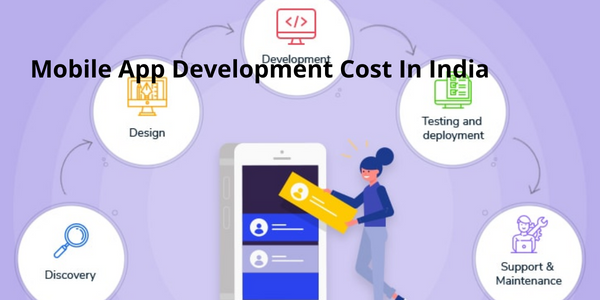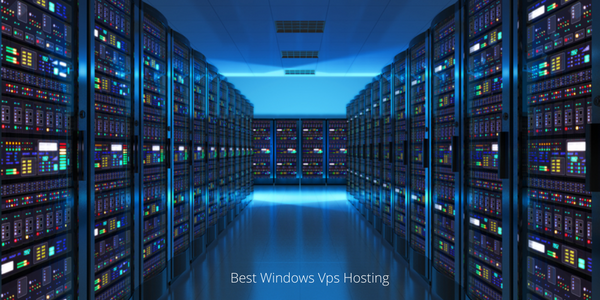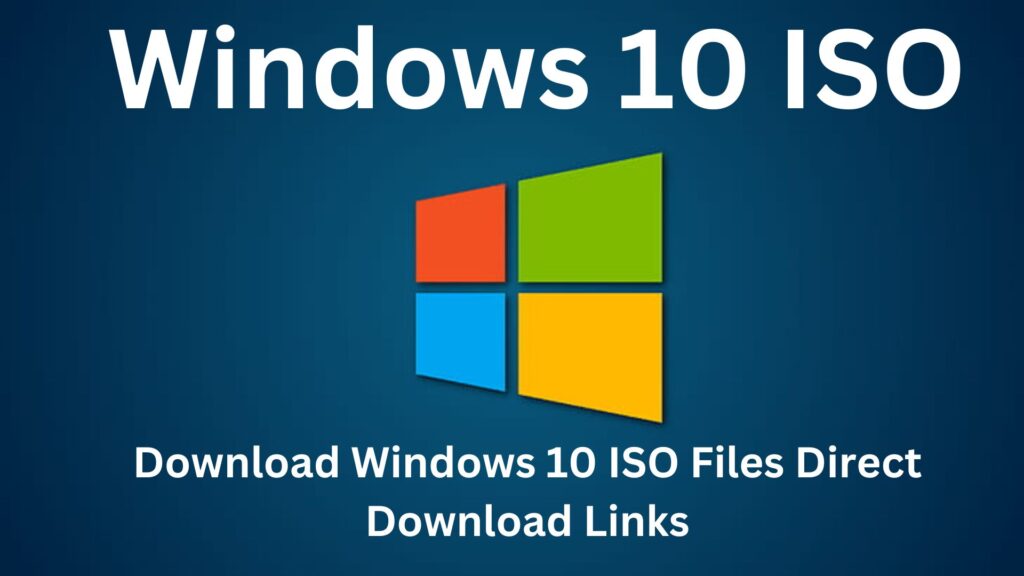What Does 5g Mean For Internet – Did anyone ever imagine that we’ll one day be able to transfer thousands of gigabytes of data with just a blink of our eyes? This lightning-fast data transfer is now possible because of the five-G technology. The Fifth Generation wireless cell network often known as”5G” network is currently in operation and will soon be accessible to a larger audience all over the world by a step-by-step method. What does this rapid speed mean for mobile apps generally? What are the main advantages of the 5G network to mobile apps generally? What opportunities can be realized for app developers in emerging economies? What will the development of mobile apps in India likely to be affected by 5G technology? Here, we will discuss this.
Slow loading is a frequent issue for the majority of users of mobile apps around the globe. The loading delays are particularly detrimental to an awful impression when apps are utilized for real-time communications and collaboration. The increase in latency usually causes delays in sending data. This is why the 5G network is able to improve the speed of data transmission.
As of now, the 4G network is experiencing an average of 50 milliseconds. However, the 5G network is expected to reduce the delay to just one millisecond. This will cut down delay in loading and interruptions to the network to the minimal.
Lightning-Fast Speed
The 5G network provides fast and seamless connectivity as well as the rate of data transmission through 5G is approximately 100 times more fast than the speed provided through the existing 4G networks.
According to experts the speed of data transfer in 5G can vary between 50 MB per second up to 2 GB per second. Therefore, users can expect lightning-fast download speed as well as data transfer speeds that are incredibly fast. 5G’s network speed will greatly benefit any app that relies on data transfer to enhance its user-experience.
Enhanced Connection Density and Quality
The quality of the connection depends on the strength of connections or the capability to relay a lot of messages in an area or making use of identical hardware. In the present 4G networks are capable of sending messages to more than 2,000 connected devices within 0.38 square miles.
With the growth of devices that are being used, coverage areas is bound to shrink. This is one of the areas that the 5G network will contribute greatly by increasing the coverage without limiting users within the area.
advanced User Experience using Rich Media
One of the major benefits that 5G networks offer is ability to incorporate media-rich user experiences in mobile applications. No matter if an app plays video or has a real-time audiovisual experience, the 5G networks ensure a seamless user experience for apps in every way. This will allow developers to provide the best user interface and experience than they have ever had before.
Improved AR and VR Experience
AR and VR technology is just getting traction in mobile apps that offer a sophisticated user experience. With the current bandwidth of the network, users have an unrestricted AR as well as VR capabilities, constrained by high latency and slower speed. The 5G network is an innovation in providing superior user experience.
Better Cloud Support
Due to the slow connectivity of the network and insufficient speed the majority of apps depend less on cloud services in their mobile apps. But, with five-G, mobile apps can integrate cloud support into their apps more easily. Furthermore, immediate access to cloud-hosted content and cloud store will allow developers to depend less on the device’s capacity.
Better IoT Apps
The connected world of gadgets is already knocking on doors, and smart devices all over the world transform our lives on a regular basis. However, often, higher latency and slower network speeds hinder these connected devices and the corresponding IoT application from working efficiently. This is where 5G networks can make a significant difference.
5G is expected to expand the concept of IoT applications into the future. In creating an interconnected network of gadgets and devices, 5G will affect the efficiency, communication and the collaboration between devices.
Because of this network and smart workplaces are poised to make major leaps in technology. Furthermore the 5G network’s massive capability to connect multiple devices will offer more energy to IoT application development in the coming years.
Precision Driven GPS and Hyperlocal Apps
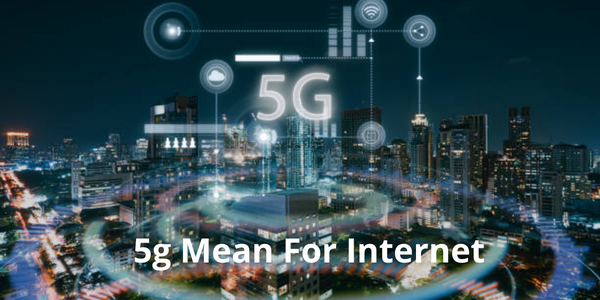
In the past the mobile app development industry has tended to be hyperlocal due to various sophisticated technology to track locations and the way they enhance user experience as well as targeting of users. From geofencing to GPS tracking to geofencing, all depend on high-speed connectivity as well as real-time tracking of location. This is yet another feature of apps which will make a difference on the network of 5G.
Because 5G utilizes larger, shorter radio wavelength along with higher frequencies improved coverage and seamless connectivity is guaranteed. This is the reason why 5G is expected to provide higher accuracy and precision in GPS tracking than the current system we have today.
Conclusion
According to the most recent statistics that show technology for the digital future, such as mobile apps as well as the web is inseparable from how the network 5G will impact us, as it will add to $12.3 trillion of output by 2035. In addition to its economic implications however, the huge impact can’t be fully understood regarding user experiences or productivity of businesses. But one thing is certain that the 5G network will continue to change the way mobile apps are developed.
What is the speed of 5G?
5G download speeds currently exceed 1000 megabits of data every second ( Mbps) or up to 2.1 Gbps. To understand this, one can start with a YouTube video at 1080p on a device with 5G connectivity without buffering. Downloading an app , or downloading an episode of an episode of a Netflix series, for instance, and which could normally take an hour, can be completed in two or three minutes. The possibility of streaming videos wirelessly in 4K is also much more practical. If you’re using mmWave such examples, they are currently required to be located within an unobstructed block of a city from a 5G connection in order to be able to stream; otherwise then the download speed will be reduced to 4G.
Low band may remain connected to 5G over long distances. Even although the speed of low band 5G could be slower than mmWave, it will still be more efficient than what is considered to be a reliable 4G connection. Low-band 5G speeds for downloads could range from 30 to 250 Mbps. 5G with low-band speeds is likely to be more accessible for rural areas. Midband 5G download speeds could go up to 100- 300 Mbps. This will likely to be used in metro areas that are populated by large populations.
What are the advantages of 5G?
While the negatives of 5G are obvious in light of the speed at which mmWave is blocked, or are less apparent when in light of the radio frequency (RF) exposure limits, 5G offers numerous positives including the following:
- Utilization of higher frequencies
- high bandwidth
- upgraded mobile broadband
- the lower latency is 5 milliseconds;
- increased data rates higher data rates, which will open up the use of new technologies on 5G networks, like near-real-time streaming and 4K streaming of VR (VR) and
- the possibility of having the potential to have a 5G mobile phone network comprised of midband, low-band and mmWave frequency.
When will 5G go live?
Wireless network operators across four countries including those in the United States, Japan, South Korea and China -which are driving the first 5G deployments. Operators of network networks will shell out billions of dollars for 5G capital expenditures through 2030 According to Technology Business Research (TBR) Inc. However, it’s not yet clear what the 5G service will bring the expected return on this investment. The development of applications and business models that make use of 5G’s advantages could help address the revenue issues of operators.
While standards bodies are developing universal 5G equipment standards. It is the 3rd Generation Partnership Project ( 3GPP) approved 5G New Radio ( NR) standards in December of 2017 and is scheduled to finish the core 5G mobile standard that is required for 5G mobile services. The 5G radio system isn’t suitable for 4G-compatible radios however, network operators who have purchased wireless radios recently might be able to upgrade their equipment to the new 5G technology using software instead of purchasing new equipment.
5G wireless equipment standards nearly complete, as well as the very first smartphones that are 5G compliant as well as wireless devices that are commercially made available in 2019, 5G-related applications will start to appear between 2020 by 2025, according TBR projections. In 2030, 5G-related services will be commonplace and will likely be able to provide VR content to autonomous car navigation supported by real-time communications ( RTC) capabilities.
The United States, there are currently some networks being developed in selected cities. Presently, Verizon is offering mmWave 5G at specific locations in certain cities, such as Atlanta; Boise, Idaho; Boston; Chicago; Dallas; Detroit; Houston; New York; Providence, R.I.; and Washington, D.C. As the time goes by, Verizon will add more cities to its 5G network including San Diego and Kansas City, Mo. T-Mobile’s 5G network covers locations that are located in Atlanta, Cleveland, Dallas, Las Vegas, Los Angeles and New York.
What 5G wireless networks will be readily available?
Network operators are currently developing two kinds of 5G services:
- 5G Fixed Wireless Broadband Servicesdeliver internet connectivity to businesses and homes without wired connections to the building. In order to do this networks deploy NRs within small cells near buildings to send a signal to receiver located on the roof or windowsill which can be amplified inside the premises. Fixed broadband is expected to make it cheaper for service providers to offer broadband services to both businesses and homes as this does away with the requirement to roll out fiber optic cables to every home. Instead, the operators only need to install fiber optics at cell sites, and consumers will be able to access broadband services via wireless modems that are located at their homes or in businesses.
- 5G mobile services allow users to access 5G cellular networks of operators. The first 5G cellular services were introduced in the year 2019 when the initial 5G enabled (or compatible) devices became available for sale. The delivery of mobile services is dependent on the achievement in the development of core mobile standards through 3GPP.
5G Vs. 4G: Major distinctions
Every generation of cellular technology is different in terms of speed for data transmission and encoders which requires end-users to upgrade their equipment. 4G is capable of supporting speeds of up to two Gbps and is gradually improving in speed. 4G was able to offer speeds that were 500 times more efficient than 3G. 5G is 100 times faster than 4G.
One of the biggest distinctions in 5G and 4G technology is the amount of latency. 5G will be much lower. 5G will utilize orthogonal frequency-division multiplication ( OFDM) encoders, which is similar to 4G LTE. 4G will utilize 20 MHz channels that are bonded to each other at 160 MHz. 5G is expected to have around 800 and 100 MHz which will require larger chunks of airwaves than 4G.
Samsung is currently working on research for 6G. There isn’t much available about how fast 6G will be or what it will do however, it is expected that 6G could have similar ways 5G and 4G. There is speculation that 6G could utilize mmWave in the radio spectrum, and could be a decade off.
5G cases of use
5G applications could range from enterprise and business usage to more casual use by consumers. Examples of how 5G may be utilized include:
- streaming high-quality videos;
- communications between devices within the IoT ( IoT) environment;
- more precise tracking of location;
- Fixed wireless services;
- low-latency communications; and
- greater capability for real-time analytics.
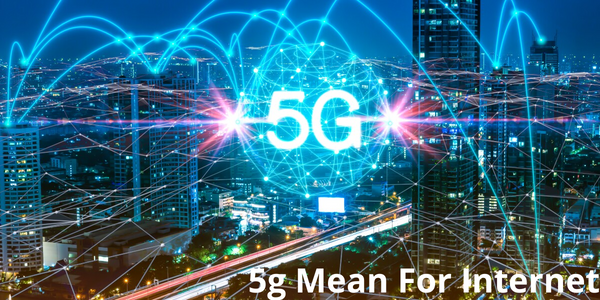
Alongside enhancements in capacity, speed and latency, 5G also offers the ability to manage networks including network slicing, which allows mobile operators to build several virtual networks inside one physical network. This will allow wireless networks to be utilized for particular business or use cases and can be offered in an as-a-service model. For instance, a self-driving automobile for instance, might require a network slice which is extremely fast and low-latency connections , so that the vehicle can be driven in real-time. An appliance at home is, however, connected with a lower-power slow connection, as the performance of the device isn’t crucial. IoT can make use of secure, connection that is only for data.
Who is working on 5G?
The major carriers are currently working to build their 5G networks right now. These include Verizon, AT&T and Sprint. Verizon is currently working on the implementation of mmWave and T-Mobile works on mid- and low-band 5G first.
As a result of T-Mobile carriers are beginning to accept the concept of multi-tier 5G strategies, that includes the use of low-band, mmWave, and midband frequencies. T-Mobile is launching 5G in about a dozen markets right now.
Verizon is a leader in the market for 5G and is currently working on the development the mmWave technology. Additionally, Verizon created an investment fund called Verizon Ventures. Verizon Ventures aims to invest in areas that will benefit from 5G like the augmented reality technology, IoT and artificial intelligence.
Sprint has also launched midband 5G on 2.5 GHz bands. AT&T has begun investing in 5G, but it is not as fast as the other carriers by slightly. It has also introduced 5G Evolution (5GE) that is not really 5G.
5GE isn’t really 5G?
AT&T has launched the 5GE network and with an update, users of 4G LTE are getting access to an “upgrade” to 5GE. But, 5GE is just a change in the name of AT&T’s Gb 4G LTE network. AT&T asserts its speeds to be similar enough to 5G. However, it’s technically not 5G. G stands for generation. G is for generation, usually indicating the end of compatibility with previous hardware. 5GE is not in line with this pattern and is not 5G. This marketing strategy could mislead people who aren’t aware that 5GE is not really 5G.
What phones with 5G are available?
A piece of hardware, such as a phone, of hardware cannot be upgraded with an update in software for a 4G device to allow 5G. 5G requires specialized hardware. In order to use 5G, users should have a device which supports 5G, a network which supports 5G and live within a region that has an active 5G network within its range.
